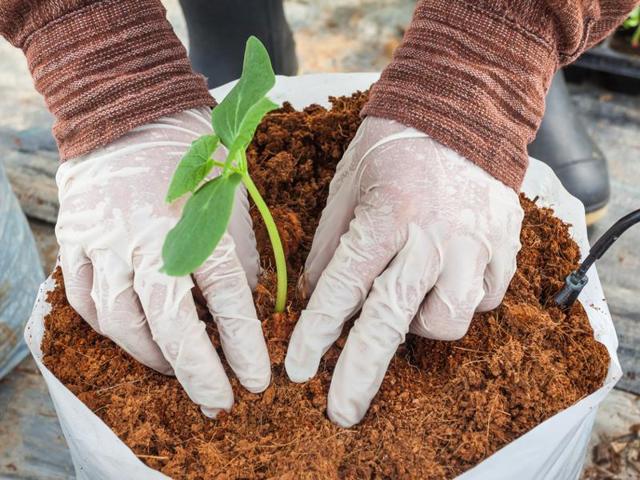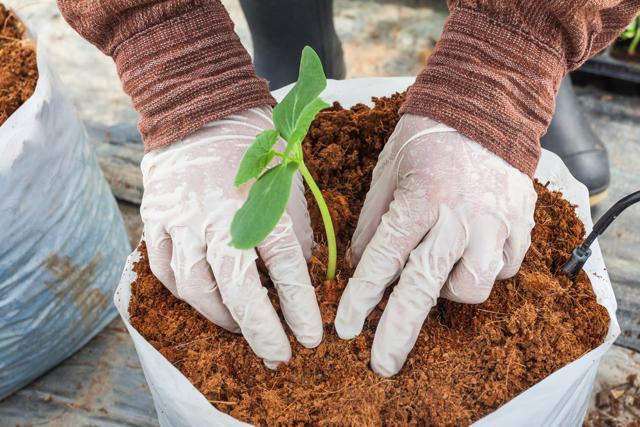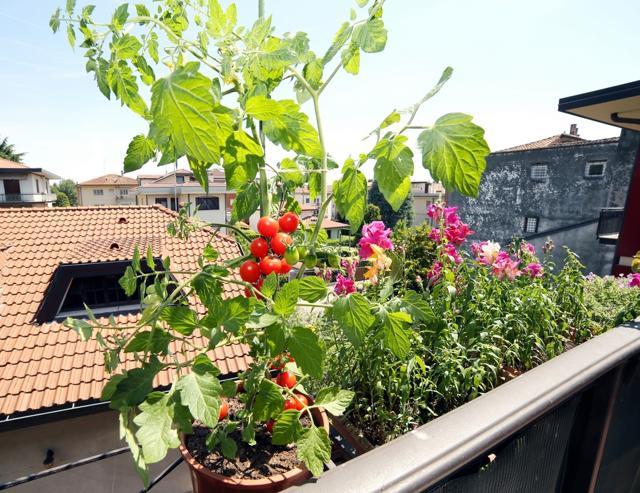Guide to maintaining your plants through the summer
Worried your plants might not make it through summer? We get an expert to put together a complete guide on how to maintain them
Worried your plants might not make it through summer? We get an expert to put together a complete guide on how to maintain them

Dos and Don’ts:
1) More water, please: As the temperature shoots up, the frequency with which you water your plants might have to be increased from once to twice a day. The best way to gauge that is to water your plants in the morning. If the soil is dry again by evening, you know your plants need to be watered twice a day.
2) Time it right: To avoid water evaporation, water your plants either in the morning or post-sunset.
3) Bring out the mulches: Mulch is a protective layer of material that is placed over soil. It can be anything from dried leaves and grass, wood chips, paddy straw to sawdust. All these are biodegradable. Mulching reduces water evaporation as it helps in protecting the soil from direct sunlight.
4) Beat the heat with cocopeat:Instead of using only compost and soil, go for a mixture of cocopeat (dried coconut husks), compost and soil. It helps in retaining water for a longer period of time, and also aids in controlling soil temperature.

5) Go easy with the pesticide: Limit your pesticide use during summers or go organic by using neem oil, instead of chemicals. Spraying too many chemicals during this season might burn your plant. In case you need to use any, make sure you use it early in the morning or evening, when the temperature is pleasant..
What to plant:
1) All types of gourds: Bitter gourd, bottle gourd and ridge gourd are all easy to grow. Sow two — three seeds in a 12” pot. Being creepers, they require a trellis, a wall or a grill once the leaves start sprouting.
Sunlight requirement: 5 to 6 hours daily
Water Requirement: Daily
Also read: Hanging gardens: A complete guide to growing your own veggies
2) Coriander: Since propagation of coriander is via seeds, you can use the whole seeds from your kitchen. Soak them in water overnight. This increases the chances of germination. Coriander does not require a lot of depth so you can use either old plastic trays or rectangular tiffin boxes. Make rows in the soil and sprinkle the seeds. Place the container in a place that receives sunlight. Once the coriander is harvested, repeat the process.
Sunlight requirement: 4 to 5 hours daily
Water requirement: Daily (Pro tip: ensure the soil is moist)
3) Tomato and basil: Tomato is a warm season crop. If you’re growing tomatoes, basil are a must-have. Both of them are easy to grow and make for great companion plants.
Sunlight requirement: Minimum of 5 to 6 hours daily
Water requirement: Daily

How to care for existing plants:
1) Ensure plants are watered daily and that the soil remains moist.
2) Relocate your plants if they are receiving too much sunlight but avoid temperature shock. If your plant is currently placed under direct sunlight, do not move them indoors but to a spot where they receive indirect sunlight.
3) Spray them with water.
4) Take out extra weeds growing around your plant so that nutrients and water are only utilised by your plant.
5) Fertilise your soil well since it requires extra nutrients to withstand the extreme heat.
DIY Bottle Reservoirs:
If you’re planning to go out for the weekend or on a mini vacation, take care your plants’ water requirements with bottle reservoirs. There are two ways to make these:
1) Take a one litre plastic bottle (500ml for smaller pots). Drill small holes around the bottle.Dig a hole next to the plant, big enough to be able to place the bottle in the soil with only the mouth remaining above. Place bottle and fill it with water. Slowly, the water will seep through the holes. Since the bottle is buried under the soil, it will prevent evaporation to an extent.This method also promotes root growth.
2) Fill an empty wine bottle or any glass soda bottle with water and quickly insert it upside down near the roots of your plant. Make sure the neck of the bottle is several inches below the soil. The water will slowly seep into your soil over a couple of days.
- Priyanka Amar Shah, founder of ikheti.com





